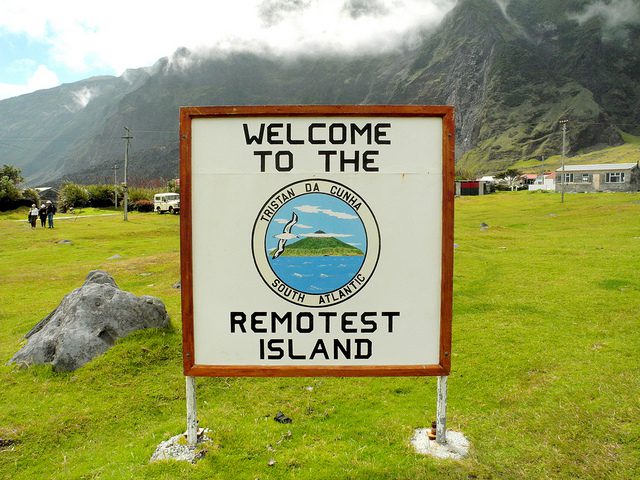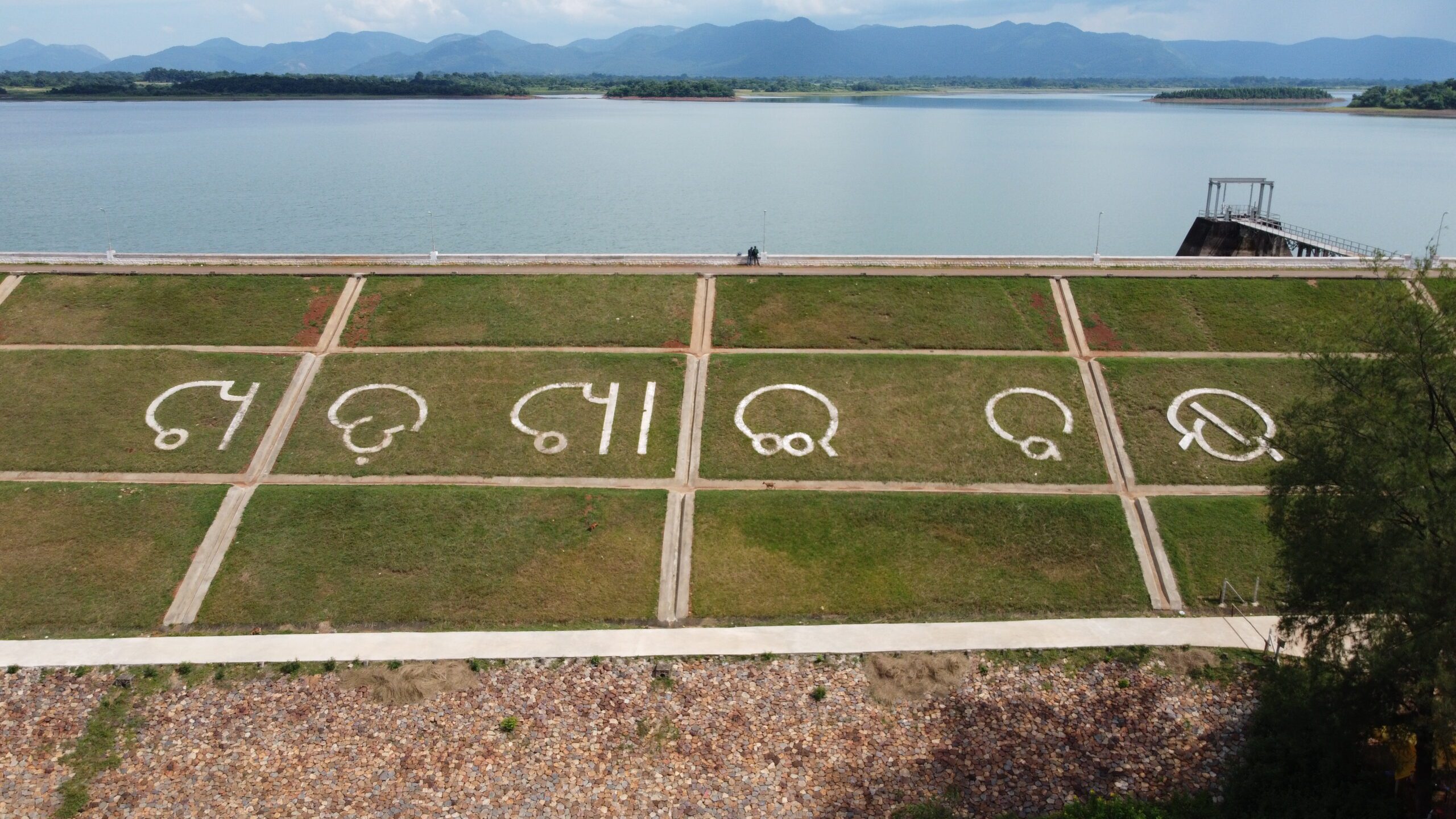The inhabitants of Tristan da Cunha, which sits in the remote waters of the South Atlantic, are insulated from the coronavirus by an immense moat.
Related Information
Recently, the government of Tristan da Cunha Island, located in the South Atlantic Ocean, decided to make an area about three times larger than the United Kingdom a Marine Protected Area to conserve rockhopper penguins, Yellow-nosed albatrosses, and other wildlife found in this area.
This ambitious decision taken by Tristan da Cunha Island Council is a shining example of local leadership.
According to this decision, fishing and other activities will be banned in 627,247 square kilometers of the ocean around the three other major islands of the archipelago, including Tristan da Cunha.
This Marine Protected Area will be the largest “no-take zone” in the Atlantic Ocean and the fourth largest in the world. This will protect the fish here and the millions of birds that depend on them. Let us tell you that a no-take zone refers to an area from which any kind of natural resource cannot be exploited.
Read More: 5 Mysterious Temples Of India You Must Visit
Located roughly equidistant from South Africa and Argentina, the region is home to several endangered species, including 11 species of whales and dolphins, including the northern rockhopper penguin. Apart from this, most of the world’s fur seals found outside Antarctica are found here.
Under the “Blue Belt Program” to promote marine conservation in British overseas territory, the U.K. is providing a £27 million ($35.5 million) grant to this conservation area.
About Tristan da Cunha Island
Under British jurisdiction, the territory comprises four main islands, the largest of which is Tristan da Cunha which is located 2,810 km west of Cape Town, South Africa. It was first discovered by the Dutch in 1643. Britain annexed Tristan da Cunha in 1816 and established the first permanent settlements in the area.
The island was evacuated after a volcanic eruption in 1961, but some islanders returned in 1963. The region’s most important source of income is the commercial-scale exploitation of the crayfish known as the Tristan rock lobster, which is sold as a luxury product in the U.S., Europe, Japan, and China.
About The Northern Rockhopper Penguin
99% of the northern rockhopper penguin population is found in Tristan da Cunha Island in the South Atlantic Ocean. Their breeding sites are found in the southern and Antarctic lands of the French region of Amsterdam Island and on St. Paul’s Island. According to a study published in 2009, the northern rockhopper population has declined by 90% since the 1950s. Therefore they are classified as endangered on the IUCN Red List.












